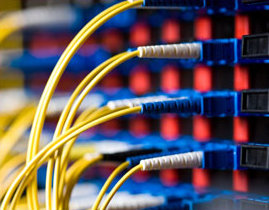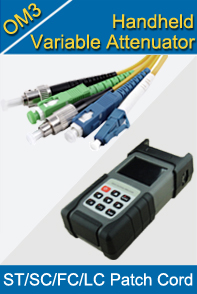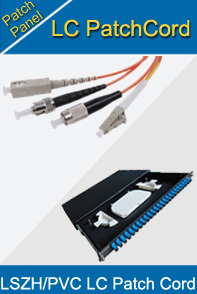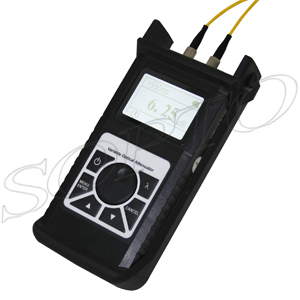-

- Sopto Home
-

- Special Topic
-

- Patch Cord Knowledge
-

- What Should You Know before you Purchase Fiber Optic Attenuators
Patch Cord Knowledge
- Fiber Optic Connector Ferrule Design
- Fiber Optic Connector Design
- E2000 to ST Fiber Patch Cable Overview
- Acceptable and Unacceptable Fiber Connector End-Face Finishes
- Using Wipes and Cleaning Cassettes to Clean Fiber Patch Cords
- Not-Too-Tight Mating of Fiber Optic Connectors
- Matching Gel and Oils Contamination about Fiber Optic Connectors
- The Effect of Improper Use of Fiber Optic Connectors
- Why Fiber Optic Connectors are Fragile?
SOPTO Special Topic
Certificate



Guarantee
Except products belongs to Bargain Shop section, all products are warranted by SOPTO only to purchasers for resale or for use in business or original equipment manufacturer, against defects in workmanship or materials under normal use (consumables, normal tear and wear excluded) for one year after date of purchase from SOPTO, unless otherwise stated...
Return Policies
Defective products will be accepted for exchange, at our discretion, within 14 days from receipt. Buyer might be requested to return the defective products to SOPTO for verification or authorized service location, as SOPTO designated, shipping costs prepaid. .....
Applications
 Fiber Patch Cords have a widely application. Where the need for the optical fiber connection, where you need fiber optic patch cords.
Fiber Patch Cords have a widely application. Where the need for the optical fiber connection, where you need fiber optic patch cords.
Testing Equipment
FTTX+ LAN
Optical Fiber CATV
Optical Communication System
Telecommunication
SOPTO Products
- Fiber Optic Transceiver Module
- High Speed Cable
- Fiber Optical Cable
- Fiber Optical Patch Cords
- Splitter CWDM DWDM
- PON Solution
- FTTH Box ODF Closure
- PCI-E Network Card
- Network Cables
- Fiber Optical Adapter
- Fiber Optical Attenuator
- Fiber Media Converter
- PDH Multiplexers
- Protocol Converter
- Digital Video Multiplexer
- Fiber Optical Tools
- Compatible
Related Products
Performance Feature
Good Water-proof
Low insertion loss;
low reflection loss;
Stability, good repeatability;
High-precision ceramic ferrule;
Compatible with NTT standard;
Precision Grinding and fully testing;
Compliance with international standards
Patch Cord Knowledge
Recommended


What Should You Know before you Purchase Fiber Optic Attenuators?
Bigger is much better, right? Or so many people believe. Beginners in fiber optic technology are often confused with why optic attenuators should reduce light intensity. Aren’t we using amplifiers to improve the signal electricity? The fact is that too much light can overload a fiber optic receiver. Optical fiber attenuators are needed when a transmitter delivers too much light, such as when a transmitter is very close to the receiver.
So how exactly does a Fiber Attenuator Work?
Attenuators usually work by absorbing the sunshine, such as a neutral density thin film filter or by scattering the sunshine such as an air gap. They should not reflect the light since that could cause unwanted back reflection within the fiber system. Another type of attenuator utilizes a length of high-loss optical fiber that operates upon its input optical signal power level in such a way that it is output signal power level is less than the input level. The power reduction is done by such means as absorption, reflection, diffusion, scattering, deflection, diffraction, and dispersion, etc.

What’s the Most Important Feature Should a Fiber Attenuator Have?
The most crucial spec of an attenuator is its attenuation versus wavelength curve. Attenuators should have the same impact on all wavelengths used in the fiber system or at least as flat as possible. For instance, a 3dB attenuator at 1500nm should also lessen the concentration of light at 1550nm by 3dB or as close as possible, this is also true inside a WDM (Wavelength Division Multiplexing) system.
For purchasing more high quality fiber optic attenuators with low cost or for more products’ information, please contact a Sopto representative by calling 86-755-36946668, or by sending an email to info@sopto.com.



